Empire period circa 1805.
Chiseled and gilded bronze clock, known as ''La Liseuse''.
Depicting a woman dressed in antique style reading at a draped table with claw feet, lit by an oil lamp,
seated in a finely crafted Empire armchair, decorated with acanthus scrolls and palmettes.
Behind the armchair, a pile of books placed on the floor.
Model created by Jean-André REICHE, after a watercolor drawing deposited at the Imperial Library, on February 19, 1805.
Rare version where the vestal is seated to the right of the table.
The movement with enameled dial is inscribed under the table signed Piolaine in Paris*.
Base decorated with a frieze of palmettes resting on a sea green marble base, supported by gilded bronze spinning top feet.
Superb quality of execution of the character and the decorations.
Very beautiful shine of the original mercury gilding.
Complete movement, anchor escapement with silk thread suspension.
In perfect working order, revised by a specialized watchmaker.
Strikes the hours and half-hours. Fleur-de-lys hands in gilded bronze.
Height: 33 x Width: 28.5 x Depth: 14cm
*Michel-François Piolaine is one of the most important Parisian clockmakers of the last quarter of the 18th century and the first decade of the following century. Received Master on August 11, 1787, he set up his workshop on rue des Écrivains, then is mentioned rue des Gravilliers from Year VII to 1810 (see Tardy, Dictionnaire des horlogers parisiens, Paris, 1971, p.523).
The "La Lieuse" clock is probably the best-known clock by the sculptor Jean-André Reiche (1752-1817), a bronze worker and designer, born in Leipzig and who became famous in Paris.
Similar model to the Mobilier National. See catalogue p.73
Bibliography: Listed in the Kjellberg ''Encyclopédie de la pendule française'' p. 398.
Elke Niehüser: French Bronze Clocks, p. 86. Wannenes - Les plus belles pendules françaises p. 358.





























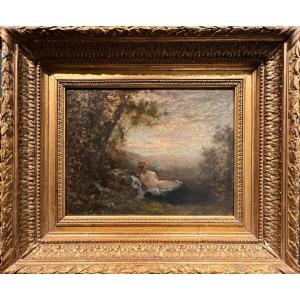
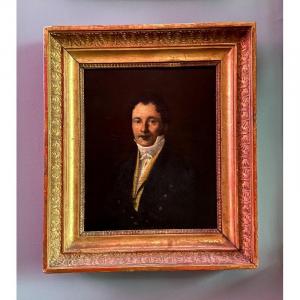


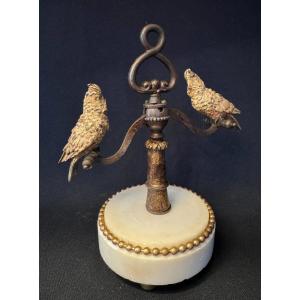


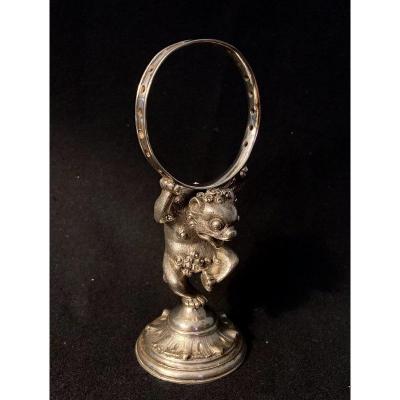

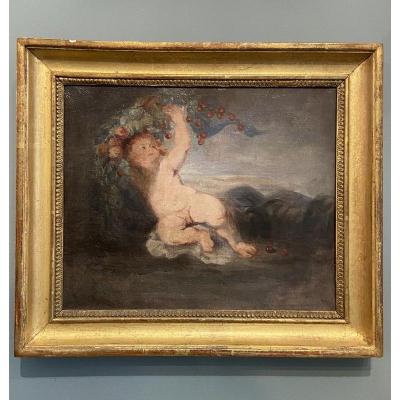


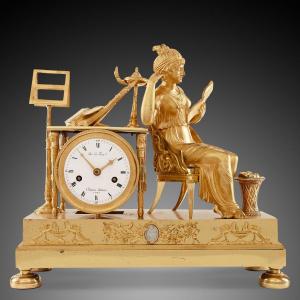
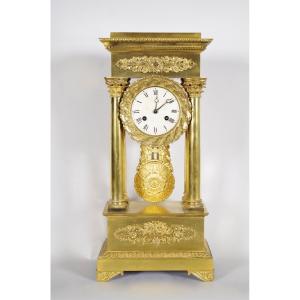




 Le Magazine de PROANTIC
Le Magazine de PROANTIC TRÉSORS Magazine
TRÉSORS Magazine Rivista Artiquariato
Rivista Artiquariato